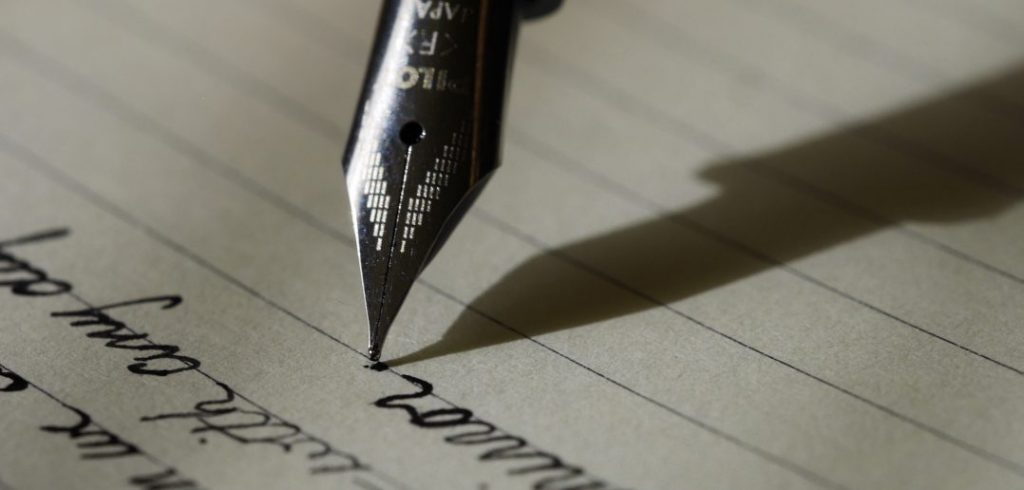Like in any other microcosm of society, SIS seems to have its own set of beauty standards, especially for girls. It’s not just about having glowy make-up or being stick-thin or dressing a certain way. The factors that come into play are diverse and complex, rooted in not only the stereotypical beauty standards of Korean society, but also images we absorb from the media on a daily basis.
It has been said and proven more than enough times that social media creates, displays, and reinforces toxic beauty expectations. But while that message stays the same, the type of expectations and the ways in which they manifest constantly change with shifting trends online. Nowadays, Instagram seems to be the main culprit; being captivated by someone else’s carefully constructed online persona and then creating one’s own is a cycle of insecurity and narcissism difficult to break. Platforms like Instagram or YouTube enable the creation of new images like the “VSCO girl” that idealizes white, skinny girls.
At the same time, some argue that certain trends in beauty or the media today are rather encouraging more diversity and acceptance. While far from enough, growing numbers of clothing brands hire models who are not all extremely skinny and tall. Cosmetic brands like Glossier and Fenty do encourage messages of self-acceptance and racially diverse definitions of beauty.
However, in the SIS community, it is difficult to say that similar positive changes are unfolding. Unhealthy dieting culture and praise of skinny, long-legged body types remain the unchanging standards of beauty. Second-semester seniors who undergo visibly, rapid weight loss are often met with questions like “how did you do it?” rather than concern. Middle school girls can be seen commenting on friends’ legs or bodies on their Instagram posts. In terms of cosmetics, the desire for large eyes, double eyelids, and pale skin has been normalized as simply “Korean beauty standards” that are common in our school community as well.
Of course, anyone who decides to get plastic surgery or to wear make-up in a certain way should feel free and confident in doing so. The point in problematizing these issues is not to teach individuals to make different choices, but rather to recognize that there are deeply ingrained perceptions and mindsets behind why some things are attractive while others aren’t. These entirely societally constructed norms are inseparable from broader issues like racialized beauty standards and the sexualization of women. Characteristics like pale skin, big eyes, and a skinny figure are more often inherent to white women in particular; desires to look like Brandy Melville models are intricately tied to how we idolize white beauty as the standard. Giving and receiving comments about body or figure on Instagram as a 13-year-old girl may be a form of self-love or support for friends on the surface, but only because a history of female sexualization has made the evaluation of one’s body has become so integral to her worth.
Given how pervasive and common insecurity regarding appearance is among students at SIS, the community noticeably lacks in-depth conversation. Instead of accepting insecurity as a normal personal problem and changing themselves to fit standards, individuals should be encouraged to change the standards to fit themselves. Any substantial change will require that first, we all understand that the issue is societal, historical, and political—anything but individual.

